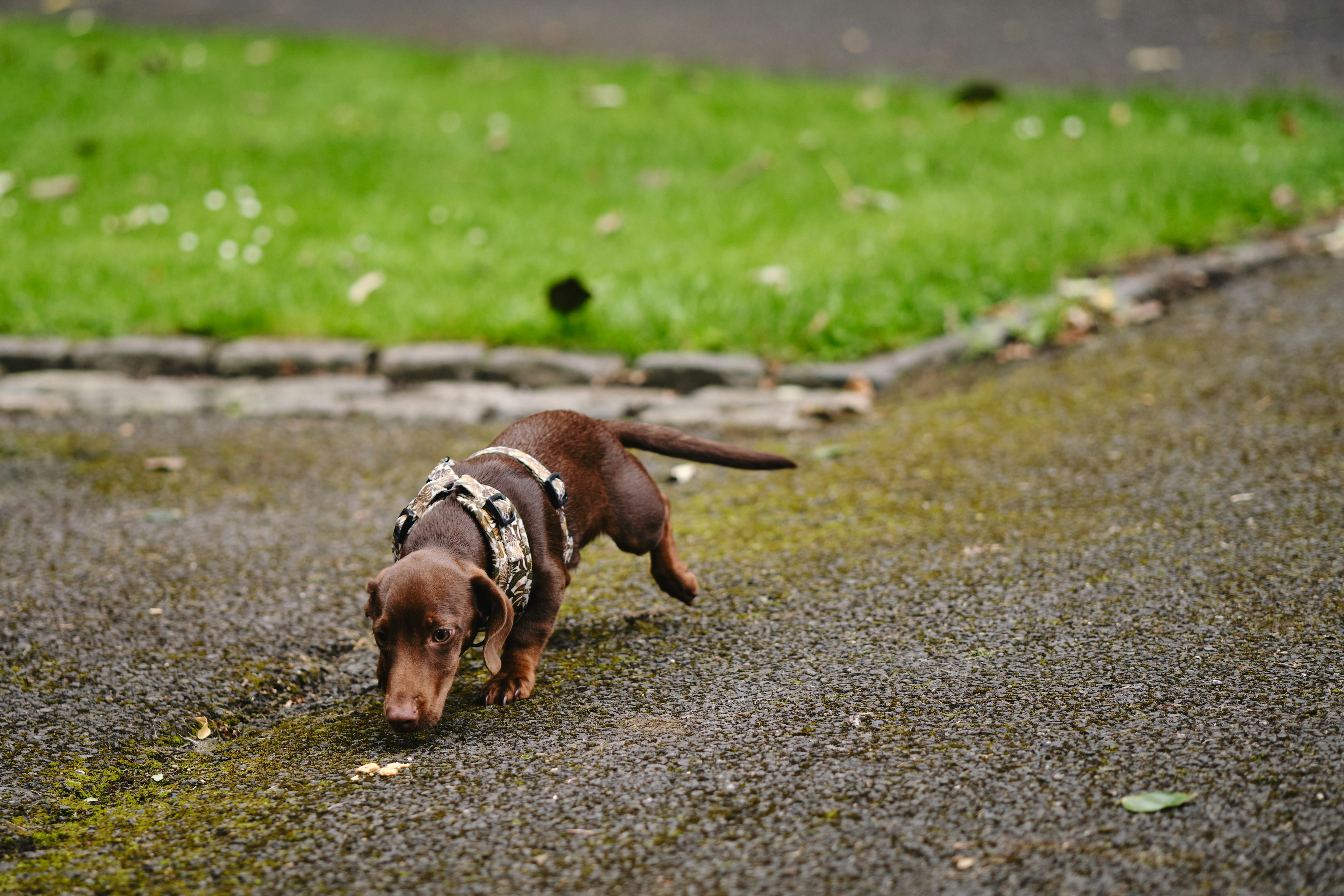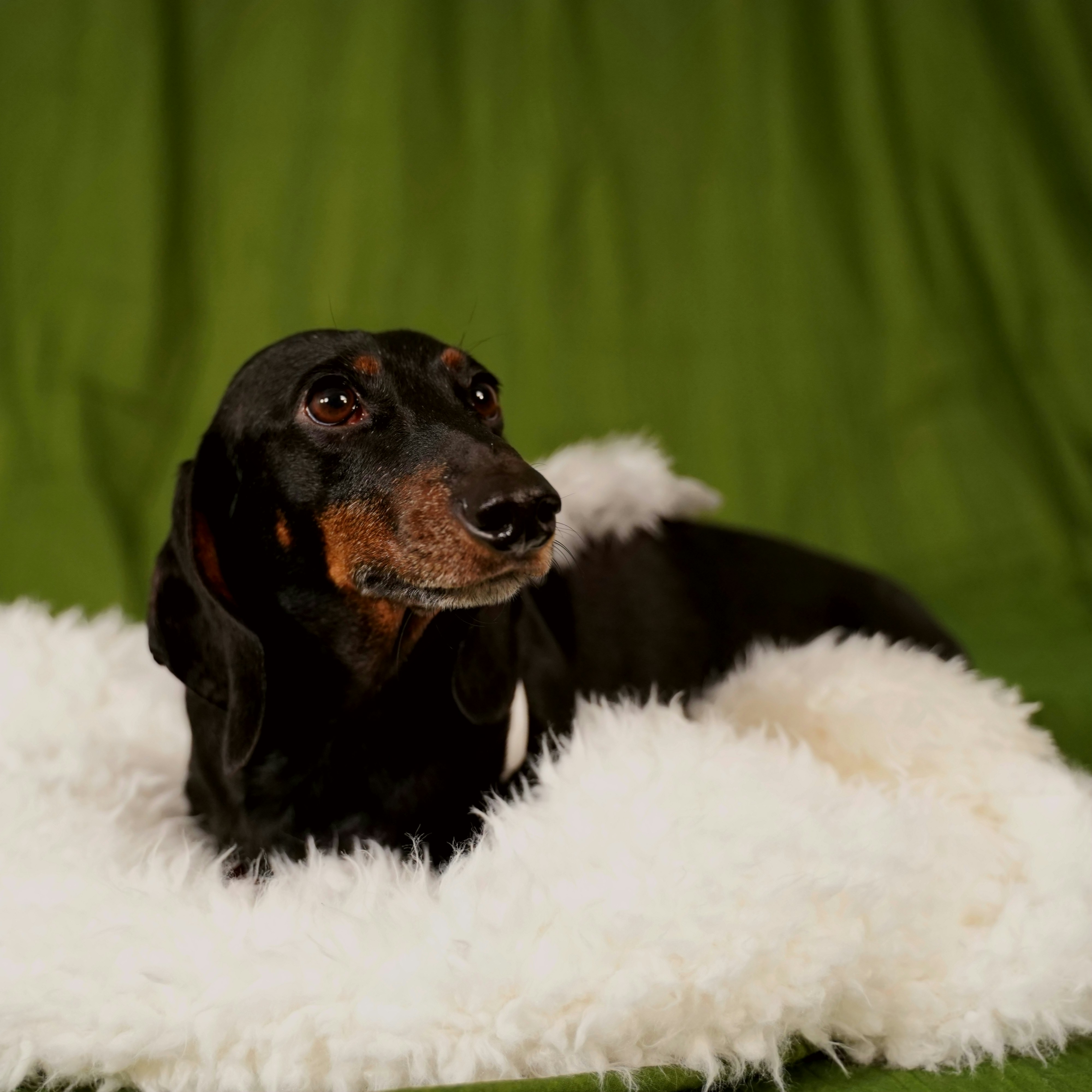Are dachshunds good house dogs for modern living?
Are you thinking about bringing a Dachshund into your home?
Dachshunds, often fondly referred to as “wiener dogs,” have a unique charm that draws many people in. Their elongated bodies and spirited personalities make them quite the conversation starters. But, before you leap into the journey of dog ownership, it’s essential to consider whether Dachshunds are genuinely suitable as house pets for modern living.
Understanding the Dachshund Breed
Dachshunds come with a fascinating history that stretches back to Germany, where they were initially bred to hunt badgers. Their name translates to “badger dog.” This unique lineage means that they carry specific traits and behaviors that might influence your decision to make them part of your family.
These dogs are categorized as small breeds, typically weighing between 11 to 32 pounds, depending on whether they are standard or miniature. Their size makes them an appealing option for families living in apartments or smaller houses.
Temperament Traits
Dachshunds are known for their bold and curious personalities. If you’re searching for a companion that isn’t shy about expressing itself, you’ll find a true friend in a Dachshund. They are affectionate, loyal, and intelligent, which also means they sometimes exhibit stubbornness. This mix can create a lively household dynamic filled with loyalty, love, and, at times, a bit of challenge.
Dachshunds come in three coat varieties: smooth, longhaired, and wirehaired. Their coats also contribute to their personalities. For instance, longhaired Dachshunds often have a gentler demeanor while wirehaired ones tend to be more spirited.
Living Space Considerations
Before you decide to welcome a Dachshund to your home, you’ll want to think about your living space. Dachshunds adapt impressively well, whether in an urban apartment or a suburban home, but the environment still matters.
Apartment Living
If you live in an apartment, a Dachshund can fit in. Their small size is an advantage, and they don’t require vast amounts of space. However, it’s important to ensure that they have enough opportunities for activity and play. Daily walks, along with some playtime in a local dog park or even a play session inside, can keep them happy and engaged.
House with a Yard
If you have a house with a yard, that’s another story. A fenced-in yard can be an excellent space for your Dachshund to explore and play but always keep an eye on them. Their instinct to burrow and pursue smaller animals may lead them to dig or escape if they catch an intriguing scent.
Noise Levels
Dachshunds can be quite vocal. They often bark at anything that seems out of the ordinary, which can be a significant consideration if you live in a close-knit community. While some people appreciate the alertness and protective nature that comes with barking, others might find it disruptive.
![]()
This image is property of images.unsplash.com.
Exercise Needs
Every dog requires some level of exercise to stay healthy and happy. While Dachshunds do not need extensive exercise compared to larger breeds, they still require daily physical activity.
Daily Walks
Regular walks are important, both for physical health and for mental stimulation. A target of at least 30 to 60 minutes of walking each day is advisable. You can break this time into shorter walks, which can fit into a busy schedule.
Playtime
In addition to walks, playtime is essential. Engaging your Dachshund in games of fetch, hide-and-seek, or tug-of-war can provide the physical activity and mental stimulation they crave.
Here’s a simple activity breakdown that can help you manage your Dachshund’s exercise needs:
| Activity | Duration | Frequency |
|---|---|---|
| Walks | 30-60 mins | Daily |
| Playtime | 15-30 mins | 2-3 times a week |
| Training Sessions | 5-10 mins | 3-5 times a week |
Grooming and Maintenance
Keeping your Dachshund well-groomed is another essential aspect of house dog ownership. They may not require as much grooming as some larger breeds, but their specific coat type will dictate how often you need to brush and bathe them.
Coat Care
- Smooth Coat: This variety generally requires minimal grooming, around once a week or as needed.
- Longhaired: Longhaired Dachshunds will need more frequent brushing to prevent matting; 2-3 times a week is ideal.
- Wirehaired: These dogs will benefit from regular brushing, and you may require professional grooming 2-3 times a year for hand-stripping.
Bathing
Bathing your Dachshund can be done every few months unless they get particularly dirty. It’s essential to use dog-friendly shampoos that won’t irritate their skin.
This image is property of images.unsplash.com.
Training and Socialization
Socialization and training are as crucial for Dachshunds as they are for any breed. Given their spirited nature, early and ongoing training helps shape their behaviors into something manageable and enjoyable.
Basic Obedience
Start with simple commands like “sit,” “stay,” and “come.” Short training sessions, lasting no longer than 10 minutes, can be effective. Keep these sessions positive with treats and praise so that your Dachshund remains engaged.
Socialization
Dachshunds benefit from being socialized with other dogs and people from a young age. Consider enrolling them in puppy classes or visiting dog parks to foster their outgoing personality.
Potty Training
Potty training is one of the most critical tasks when first welcoming your Dachshund home. Consistency is vital. Crate training can be a beneficial tool for house training, as dogs are less likely to soil their sleeping area.
Health Concerns
Every breed comes with its own set of potential health issues, and Dachshunds are no exception. Being informed about common health problems can contribute to better care for your furry friend.
Back Problems
Due to their elongated bodies, Dachshunds are particularly susceptible to intervertebral disc disease (IVDD). It’s essential to limit jumping and stairs to help prevent back issues. Regular veterinary check-ups can help catch any potential problems early on.
Obesity
Like many small breeds, Dachshunds can easily gain weight, especially if overindulged with treats. Managing their diet and ensuring they get enough exercise plays a key role in their overall health and longevity.
This image is property of images.unsplash.com.
Family Compatibility
When considering a Dachshund for your household, it’s important to think about family dynamics. Dachshunds can be excellent companions for both individuals and families. Their playful nature often brings joy to children, but supervision is important.
Dachshunds and Kids
Dachshunds generally do well with children, especially if they have been socialized from an early age. However, because they can be sensitive and may not appreciate rough play, it’s important to teach kids how to interact respectfully with their furry friends.
Other Pets
If you have other pets at home, introducing a Dachshund may require some effort. With proper introductions and time, they can generally coexist with other dogs or even cats, but be mindful of their hunting instincts, especially towards smaller animals.
Longevity and Commitment
Dachshunds typically live for about 12 to 16 years, which is a long commitment. When considering a Dachshund as your house pet, it’s crucial to reflect on your long-term goals and lifestyle. They require consistent love, training, attention, and medical care throughout their lives.
Conclusion
After weighing the various aspects of having a Dachshund as a house dog, you may find them to be a wonderful fit for modern living. Their adaptability, loving nature, and unique personality traits can be quite rewarding. However, like any breed, they come with unique traits and challenges that require your attention and understanding.
If you feel that you can provide the time, care, and love these spirited little dogs deserve, a Dachshund can indeed become a cherished member of your family. Just remember to factor in exercise, grooming, training, and health considerations to ensure that your home remains a happy and healthy environment for your new furry companion.

